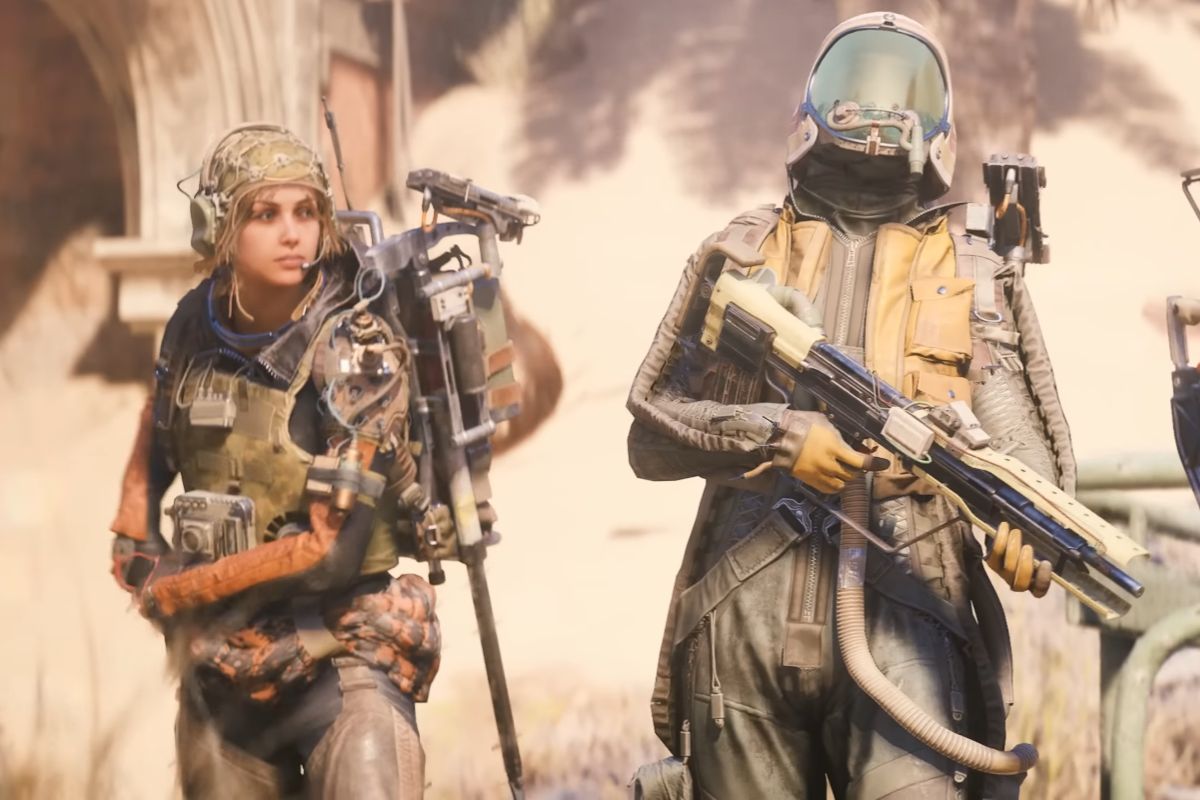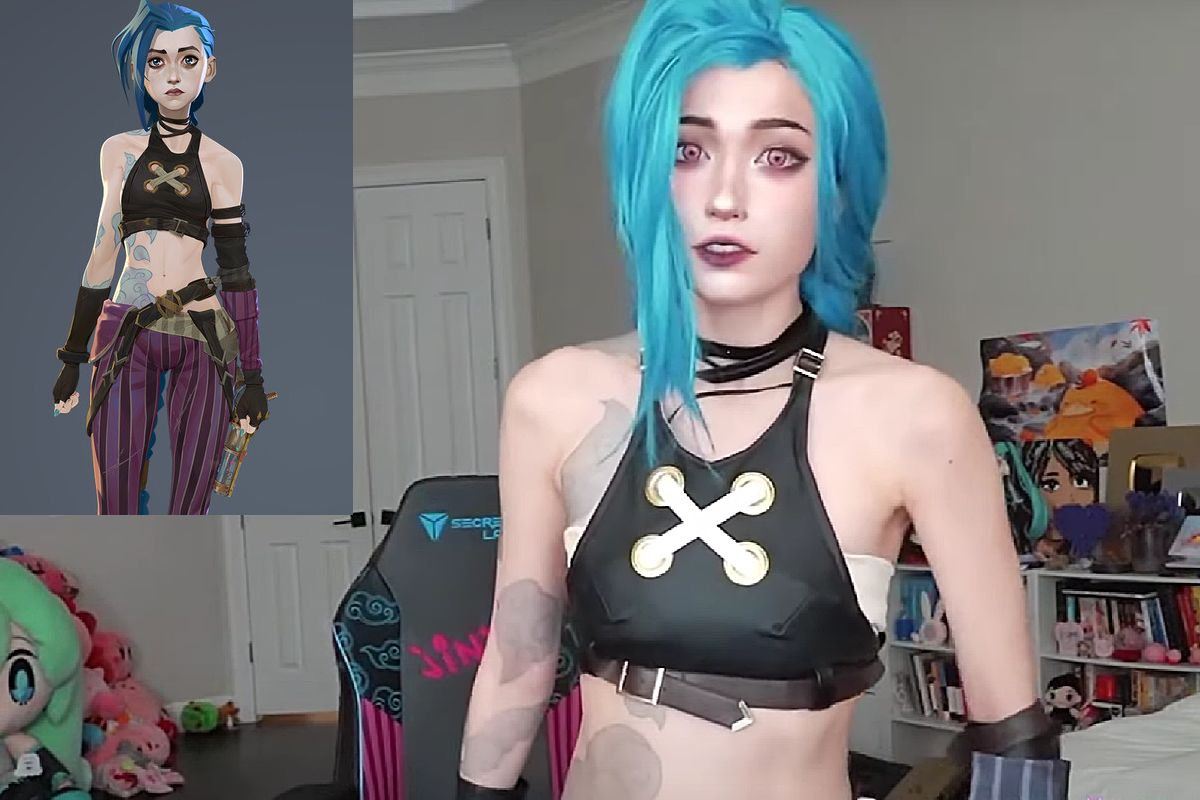The Last of Us Season 2: 'The Path' Dares to Tread Where the Game Wouldn't
With its latest episode The Path, season 2 of The Last of Us once again demonstrates the emotional depth that television as a format can achieve—offering a nuance even Naughty Dog’s iconic game hadn’t fully explored. It’s a bold, heartbreaking turning point that redefines how post-apocalyptic storytelling can unfold.
Since its debut, HBO’s adaptation of The Last of Us has stepped out of the game’s shadow to become a standalone work. Without ever betraying the heart of the original, the show embraces narrative deviations that deepen rather than dilute its intensity. The Path is a perfect example: a masterful exploration of grief, rage, and human connection in a shattered world.

Image credit: HBO
When Silence Speaks Louder Than Action
Unlike the video game, which relies heavily on gameplay and interactivity, HBO’s series can afford to slow the pace. In The Path, the tension doesn’t come from frantic combat sequences but from glances, silences, and heartbreaking decisions. The show embraces what television does best: offering moments of pause and introspection that are rare in a medium driven by narrative urgency.
This bold choice echoes the unforgettable episode Long, Long Time from season 1, which deeply moved viewers by stepping away from the main storyline. Here, emotion takes precedence over action, and that’s precisely what makes this season even more powerful.
Ellie, Dina, and the Complexity of Shared Grief
At the heart of the episode is Ellie’s grief after the sudden loss of Joel. While the show recreates iconic scenes from the game—the empty house, the grave—it adds new emotional layers, especially during Jackson’s community gathering, where Ellie finally lets her bottled-up anger erupt.
Bella Ramsey once again delivers a stunning performance. The moment Ellie puts on Joel’s jacket, contrasted with Dina’s fragile restraint as she enters the scene, is simply breathtaking.
- Ellie shuts down in order to stay afloat.
- Dina shows deep loyalty and shared pain.
- Their bond becomes the driving force of a journey that’s both personal and collective.
The show does a brilliant job of giving Dina a more developed emotional arc. In the game, her motivation was vague; here, it’s crystal clear—her love for Ellie, yes, but also her own need for justice.
A New Lens on Secondary Characters
Beyond the central duo, the supporting characters gain real depth. Tommy, Gail, Seth… each gets their moment of silence, a distant gaze, their own way of coping with shared pain. This makes the tragedy feel not just personal, but collective. The show reminds us that Joel wasn’t just a surrogate father to Ellie; he was a vital figure to many other lonely souls.
Tommy’s arc is particularly intriguing. Less impulsive than in the game, he seems more grounded, more anchored in his responsibilities in Jackson. Yet his silence around the subject of revenge casts a shadow: what is he really planning?
Toward a Thoughtful Vengeance
Where the game quickly sends Ellie and Dina on a rage-fueled journey to Seattle, the series chooses a slower path. The fire builds slowly, fueled by pain, love, and a sharp sense of justice. It’s not an explosion—it’s an eruption in the making.
This slow burn makes their departure all the more poignant. They’re not fleeing. They’re deciding. And it’s that painful clarity that gives this new chapter of The Last of Us its full emotional weight.
By taking the time to delve into each character’s motivations, HBO turns an already iconic story into something even more human and visceral. What’s to come promises to be heartbreaking, moving… and perhaps even more unforgettable than the game itself.









